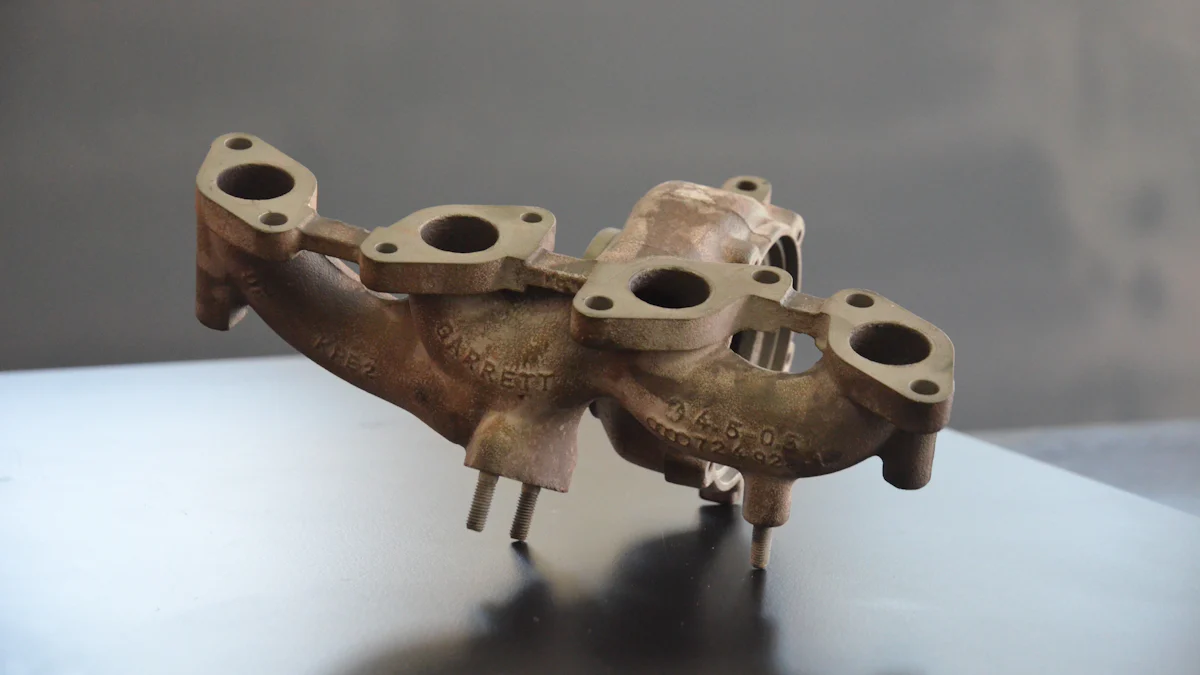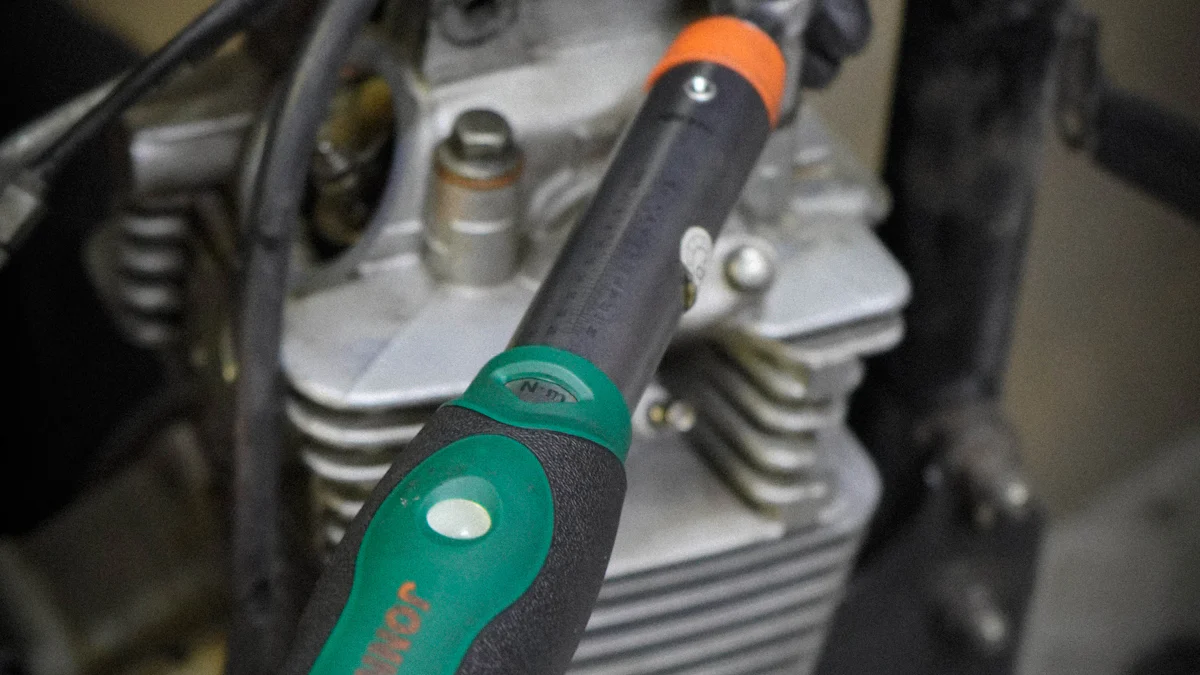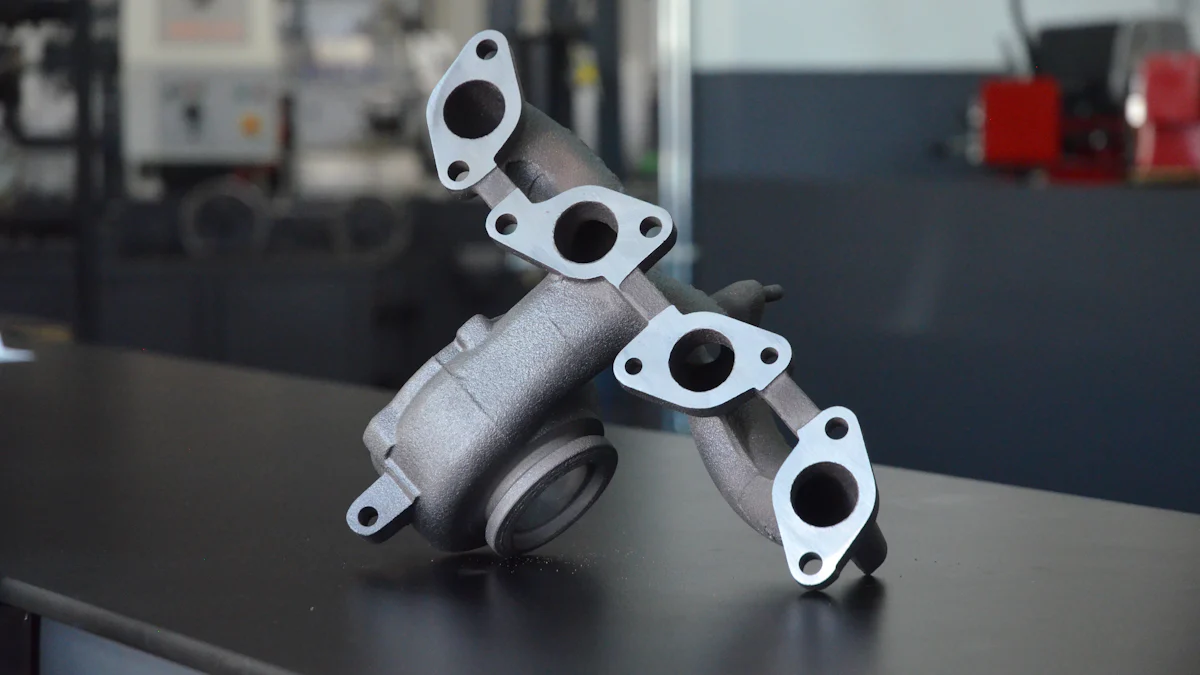
The significance of cummins isx15 exhaust manifold torque specs cannot be overstated when it comes to the optimal functioning of an engine. Understanding the Cummins ISX15 engine is crucial for any mechanic or enthusiast looking to delve into its intricacies. This blog aims to shed light on the engine exhaust manifold torque specs specific to this powerhouse, providing essential insights for maintenance and performance enhancement.
History and Importance of Exhaust Manifold Torque Specs

Evolution of Cummins ISX15
The Cummins ISX15 engine has a rich history that showcases its evolution over the years. In its early models, significant changes were made to enhance performance and reliability. These adjustments aimed to address issues related to power output and fuel efficiency, setting the foundation for future advancements in engine technology.
Early models and changes
During the initial stages of development, the Cummins ISX15 underwent rigorous testing to identify areas for improvement. Engineers focused on optimizing combustion processes and streamlining airflow within the engine system. This led to modifications in fuel delivery mechanisms and exhaust gas recirculation systems, resulting in better overall performance.
Technological advancements
As technology progressed, so did the capabilities of the Cummins ISX15 engine. Innovations in materials science allowed for lighter yet more durable components, enhancing both power output and fuel economy. Additionally, electronic control systems were integrated to monitor engine parameters in real-time, ensuring optimal operation under varying conditions.
Importance of Proper Torque
Proper torque specifications play a crucial role in maintaining the integrity of an engine’s components. When it comes to cummins isx15 exhaust manifold torque specs, adhering to recommended values is essential for preventing leaks and ensuring peak performance. Mechanics and enthusiasts alike must understand the significance of torque settings to avoid potential issues down the line.
Preventing leaks
By tightening exhaust manifold bolts to the specified torque level, individuals can prevent leakage of exhaust gases from the system. This not only maintains environmental standards but also safeguards engine components from damage caused by exposure to high temperatures and pressure fluctuations.
Ensuring engine efficiency
Optimal torque settings contribute to overall engine efficiency by promoting proper sealing of critical joints. A secure connection between the exhaust manifold and cylinder head minimizes energy loss due to gas leaks, allowing for maximum utilization of combustion energy. This results in improved power delivery and reduced fuel consumption over time.
Industry Standards
When it comes to Engine exhaust manifold torque specs, industry standards serve as benchmarks for quality assurance and performance evaluation. Original Equipment Manufacturer (OEM) guidelines provide specific recommendations tailored to each engine model, ensuring consistency across production lines.
OEM guidelines
Manufacturers like Cummins establish stringent torque specifications based on extensive testing and analysis. These guidelines are designed to optimize component interaction within the engine system, guaranteeing long-term reliability and operational safety. Deviating from OEM recommendations may compromise performance and lead to costly repairs down the road.
Comparison with other engines
In comparison with alternative engines in its class, the Cummins ISX15 stands out for its precision engineering and attention to detail regarding torque specifications. While other models may offer similar power outputs, few can match the level of accuracy and reliability provided by Cummins’ dedicated approach to torque management.
Technical Details of Cummins ISX15 Exhaust Manifold Torque Specs

Specific Torque Values
Recommended torque specs
- Cummins ISX15 engine requires specific torque values for optimal performance.
- Tightening the exhaust manifold bolts to 44 ft-lbs is crucial for maintaining engine integrity.
Tools required
- To achieve the recommended torque specs, mechanics and enthusiasts need the following tools:
- Torque wrench calibrated to ft-lbs
- Socket set compatible with the exhaust manifold bolts
Step-by-Step Torqueing Process
Preparation
- Before initiating the torqueing process, ensure the engine is cool to prevent burns.
- Access the exhaust manifold bolts using appropriate tools and equipment.
Execution
- Set the torque wrench to 44 ft-lbs in alignment with manufacturer specifications.
- Sequentially tighten each bolt in a crisscross pattern to distribute pressure evenly.
Common Issues and Solutions
Over-torqueing
- Over-torqueing can lead to damaged threads or warped components.
- Follow precise torque values to avoid exceeding the specified limits.
Under-torqueing
- Insufficient torque can result in loose connections and potential leaks.
- Double-check torque settings to guarantee proper sealing and prevent performance issues.
Practical Implications for Mechanics and Enthusiasts
Best Practices
Regular maintenance
Maintaining a consistent schedule for inspecting and tightening cummins isx15 exhaust manifold torque specs is imperative. Regular checks ensure that the exhaust manifold bolts remain at the recommended 44 ft-lbs torque level, preventing potential leaks and maintaining engine efficiency. By adhering to a structured maintenance routine, mechanics and enthusiasts can prolong the lifespan of the engine components and avoid costly repairs down the line.
Using correct tools
Utilizing the appropriate tools is essential when working on Engine exhaust manifold torque specs. A calibrated torque wrench compatible with ft-lbs measurements is crucial for achieving precise torque values during installation or maintenance tasks. Additionally, having a socket set that fits the exhaust manifold bolts ensures a secure fit without risking overtightening or undertightening. By investing in high-quality tools, mechanics and enthusiasts can guarantee accurate torque application and optimal performance of the engine.
Case Studies
Success stories
In a recent case study focusing on the impact of proper torque specifications on engine performance, a mechanic shared their success story after diligently following cummins isx15 exhaust manifold torque specs. By consistently torquing the exhaust manifold bolts to 44 ft-lbs, they observed a significant reduction in exhaust leaks and improved overall engine performance. This success story highlights the importance of adhering to manufacturer-recommended torque values for long-term reliability.
Lessons learned
Through various experiences with engine maintenance, valuable lessons have been learned regarding the significance of proper torque management. Improperly torqued exhaust manifold bolts can lead to engine lugging, liner failures, and reduced engine lifespan, as evidenced by past incidents within the automotive industry. These lessons underscore the critical role that correct torque specifications play in ensuring optimal engine operation and longevity.
Future Developments
Emerging technologies
As technology continues to advance in the automotive industry, emerging technologies are reshaping how engines are designed and maintained. Innovations in torque measurement devices and digital monitoring systems offer mechanics real-time insights into torque application accuracy and potential issues. These advancements streamline maintenance processes and enhance overall engine performance by providing precise data on Engine exhaust manifold torque specs compliance.
Potential improvements
Looking ahead, there are opportunities for further enhancing cummins isx15 exhaust manifold torque specs for increased efficiency and durability. Manufacturers may explore new materials that offer superior strength-to-weight ratios for exhaust components, optimizing performance without compromising reliability. Additionally, integrating smart torque tools with predictive maintenance capabilities could revolutionize how mechanics approach torque management, preemptively addressing issues before they escalate.
Recapping the journey through the evolution and significance of Cummins ISX15 exhaust manifold torque specs reveals a critical aspect of engine maintenance. Mechanics’ testimonials emphasize the meticulous approach required to adhere to torque specifications accurately. Ensuring bolts are tightened to 44 ft-lbs not only prevents leaks but also guarantees optimal engine performance. Following proper torqueing procedures, as outlined in this blog, is paramount for long-term reliability and efficiency. Professionals in the field attest to the transformative impact of precise torque management on engine functionality and durability.
Post time: Jun-07-2024



